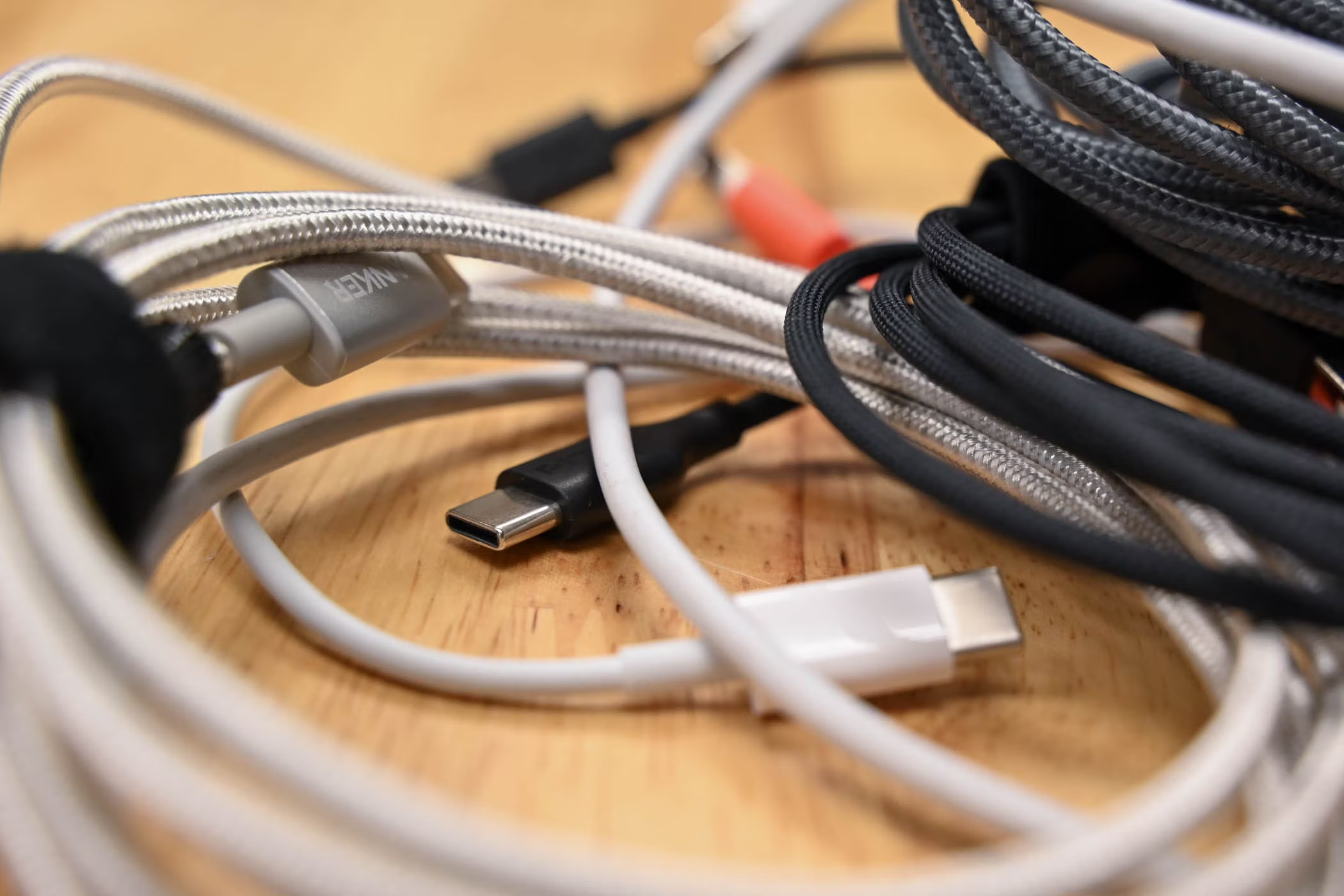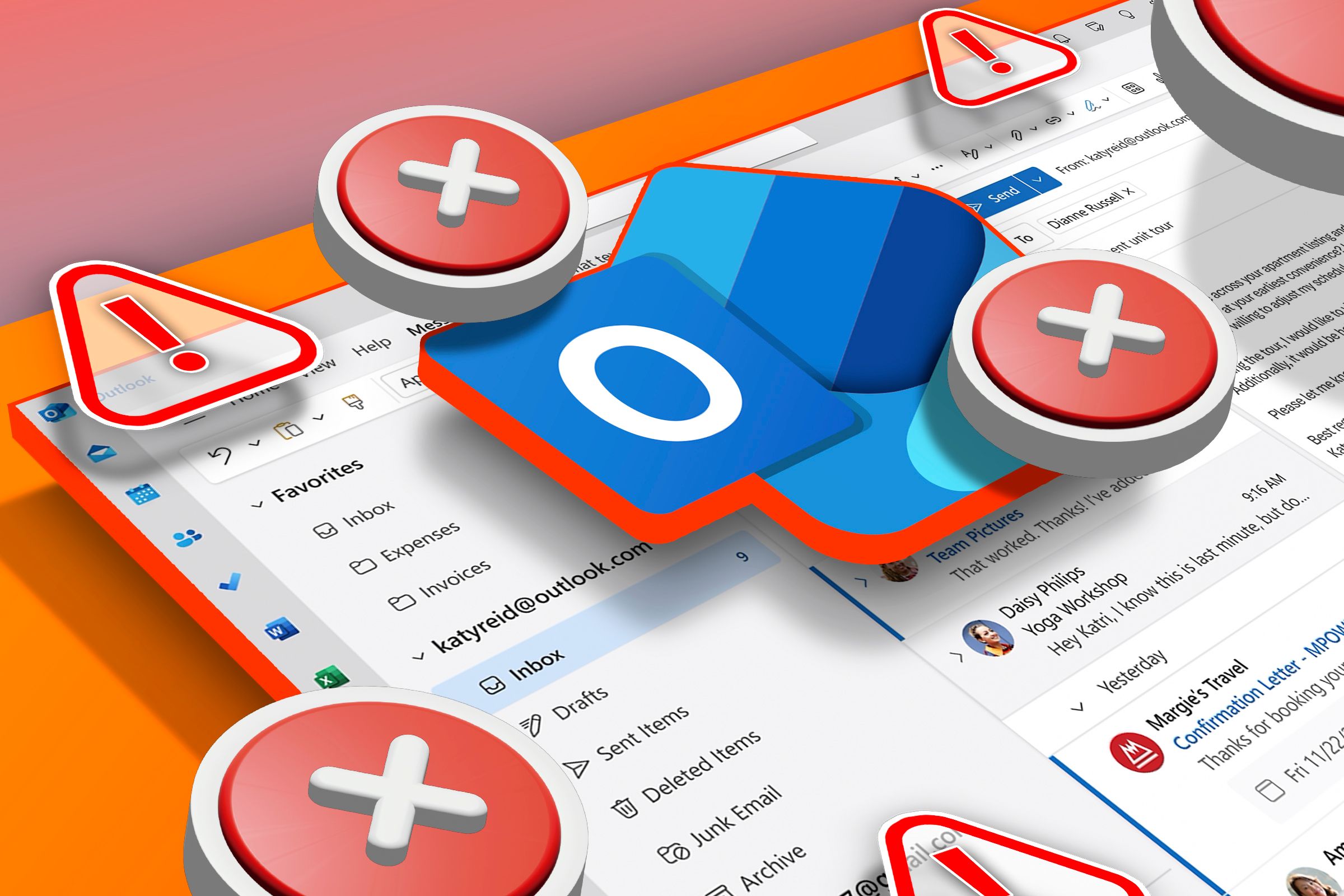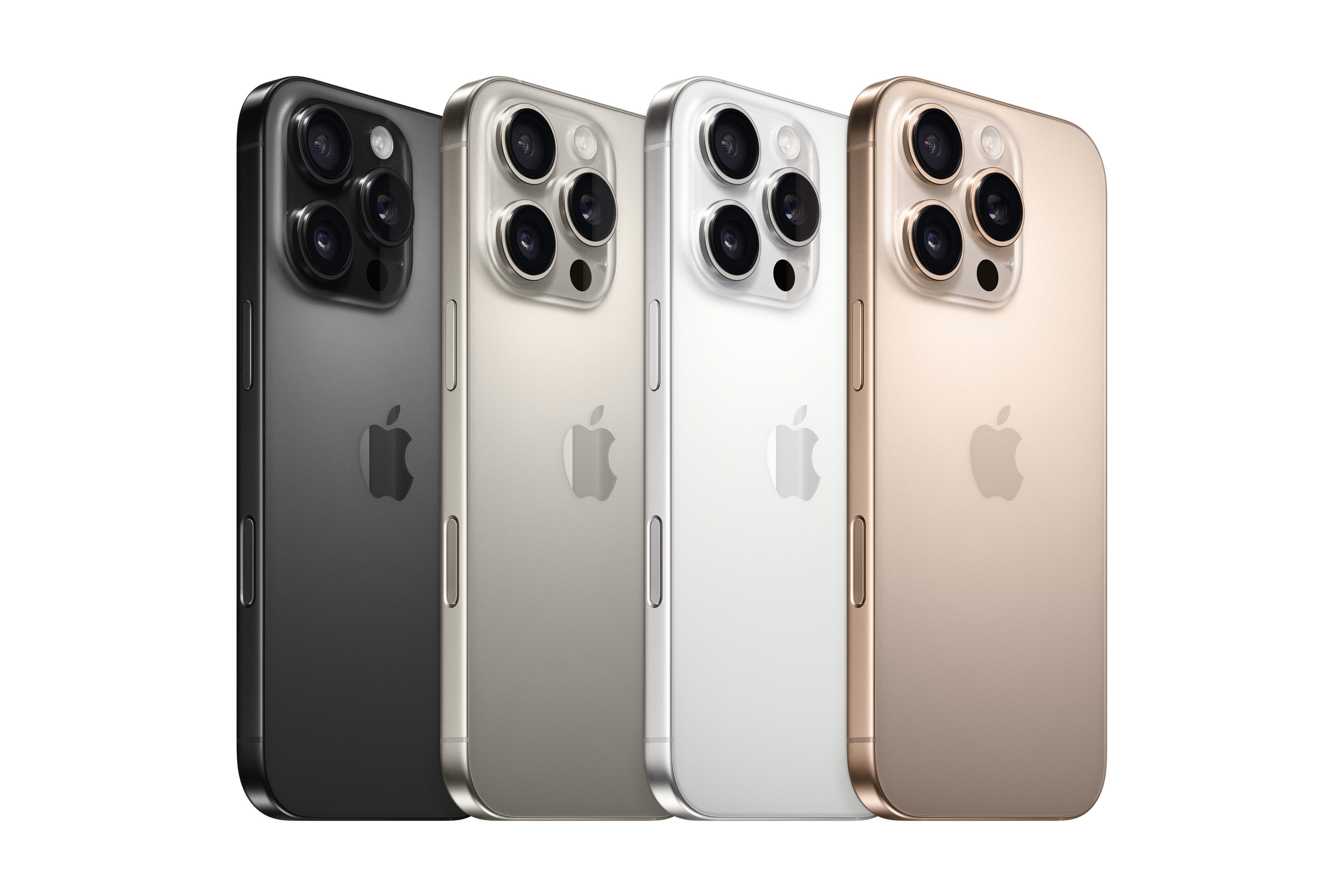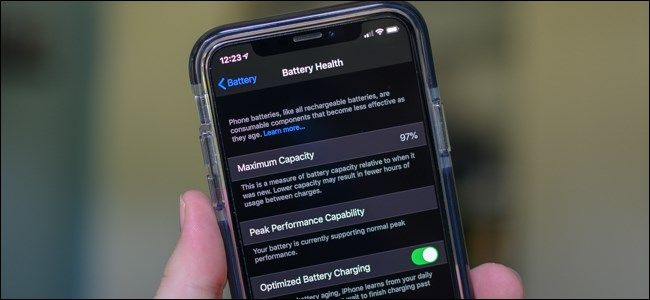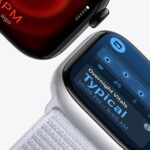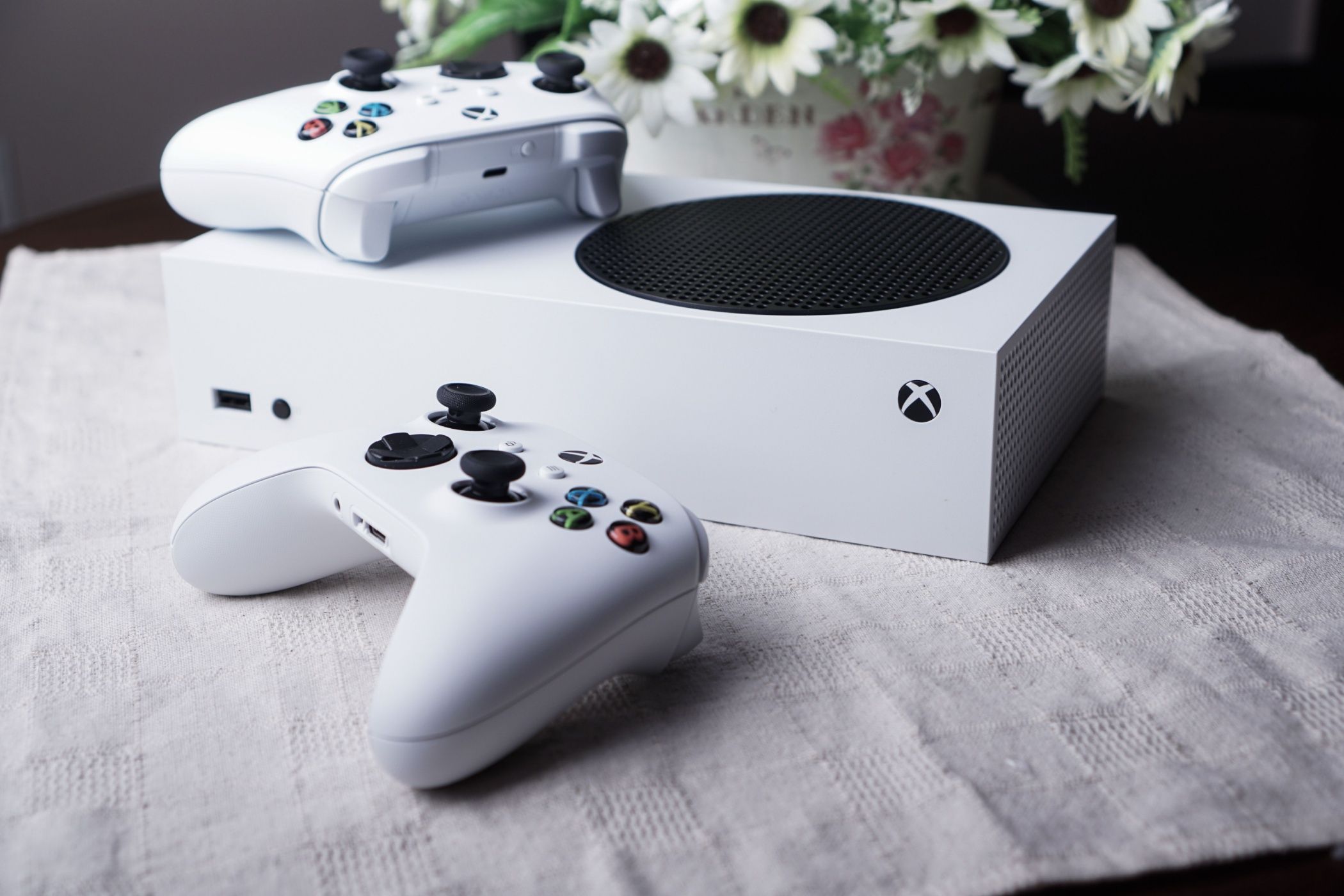These Changes Make the iPhone 16 More Repairable
Apple
Apple has confirmed a few changes in the iPhone 16 series, intended to make the phones more easily repairable. However, there are still issues with getting an iPhone fixed that are unnecessary roadblocks.
Apple says the iPhone 16’s internals are easier to access thanks to a reengineered interior. The standard iPhone 16 and iPhone 16 Plus batteries use a new type of adhesive instead of pull tabs, which can be heated using a 9V cell to more easily and safely detach the battery from the logic board. This new ionized adhesive is not used on the iPhone 16 Pro and iPhone 16 Pro Max (which feature a stainless steel battery case not found on standard models to prevent overheating).
Moreover, the TrueDepth camera used for Face ID can now be swapped between any iPhone 16, iPhone 16 Plus, iPhone 16 Pro, and iPhone 16 Pro Max units, which wasn’t possible before. Apple has also adjusted its policy to allow technicians to configure the TrueDepth camera on the iPhone 12 and later on-device, without using a tethered Mac.
For example, it’s now possible to swap the LiDAR scanner on the iPhone 16 Pro and iPhone 16 Pro Max for one from another phone while servicing the rear camera system. The LiDAR scanner wasn’t serviceable before; if it broke, you had to replace the whole camera system.
With iOS 18’s new Repair Assistant feature, repair shops and DIY repairers can configure parts without calling Apple to ensure they work like genuine parts. Say you’ve had your iPhone’s battery swapped for a third-party one. Repair Assistant lets you configure it as a genuine Apple part so that battery health is correctly reported in Settings > Battery.
And if you’ve replaced an iPhone’s screen with a third-party component, Repair Assistant ensures the new screen works with iOS functions like True Tone, Night Shift, automatic brightness, etc. If your iPhone has third-party parts and runs iOS 18, go to Settings > General > About to view them under “Parts and Service.” Last but not least, this section also lists used Apple parts, and you’ll be able to configure those in Repair Assistant.
Apple has a history of designing devices that are more difficult to fix with each passing year. The iPhone, Apple’s best-selling product, is still problematic in that regard. iFixit gave last year’s iPhone 15 a low repairability score of 4 out of 10. At the same time, the site retroactively lowered the iPhone 14’s repair score from 7 down to 4. iFixit heavily criticized Apple’s software lockdown, which leverages the company’s controversial parts-pairing process to lock out independent repairs or make them more difficult than necessary.
In response, Apple launched its Self-Repair Program, redesigned iPhones to be opened from the front and back, and made policy changes. Still, many of the issues iFixit has complained about over the years still hold true, such as Apple limiting access to parts, and increasing its iPhone 16 out-of-warranty battery replacement fee isn’t going to help with that.
Source: TechCrunch, Engadget, Tom’s Guide









